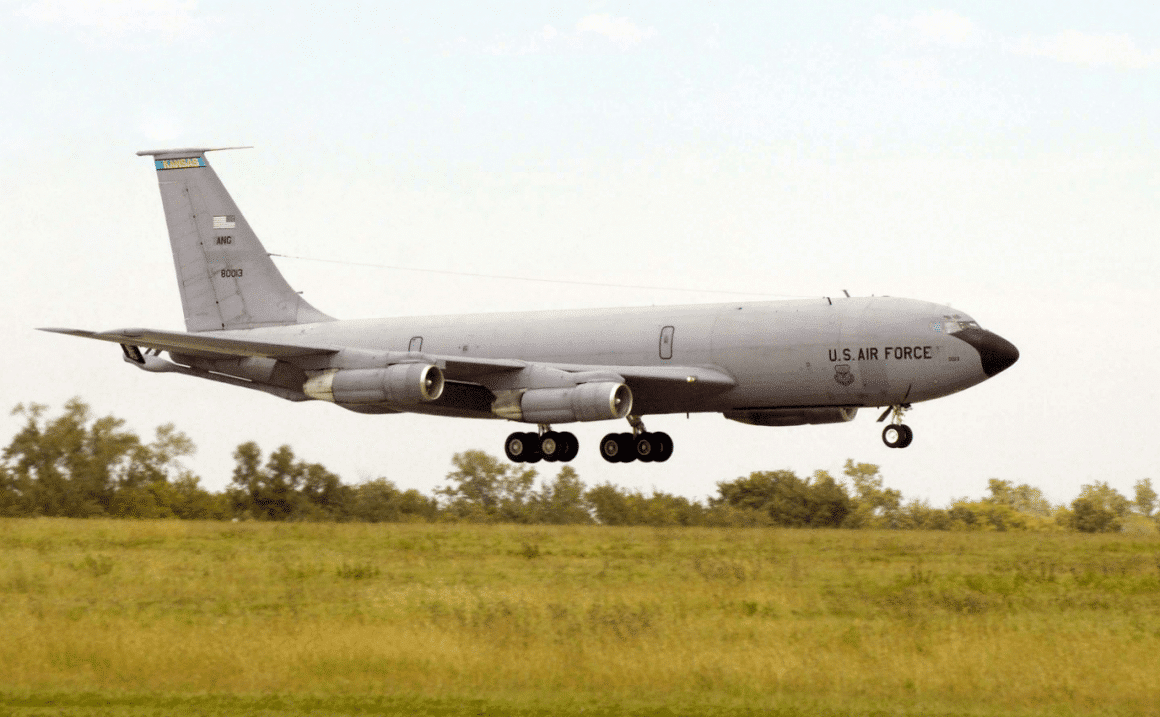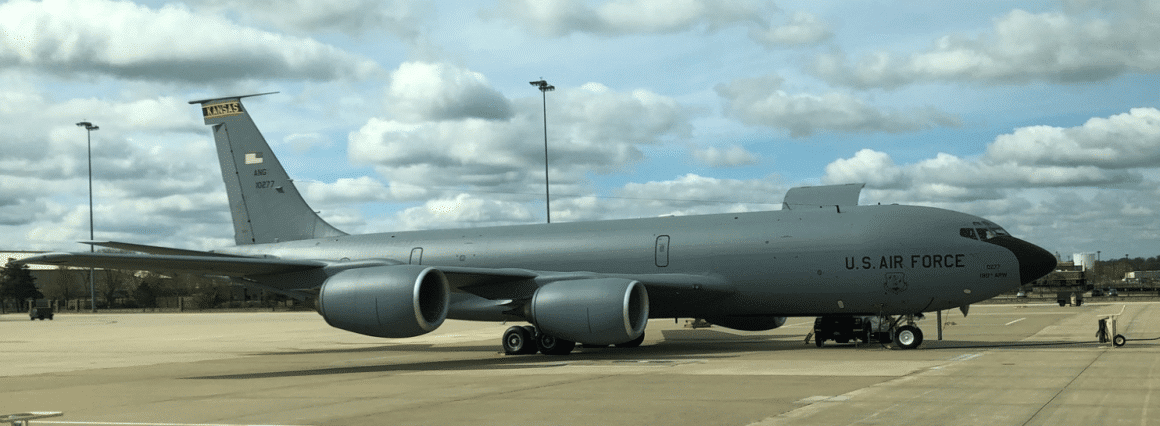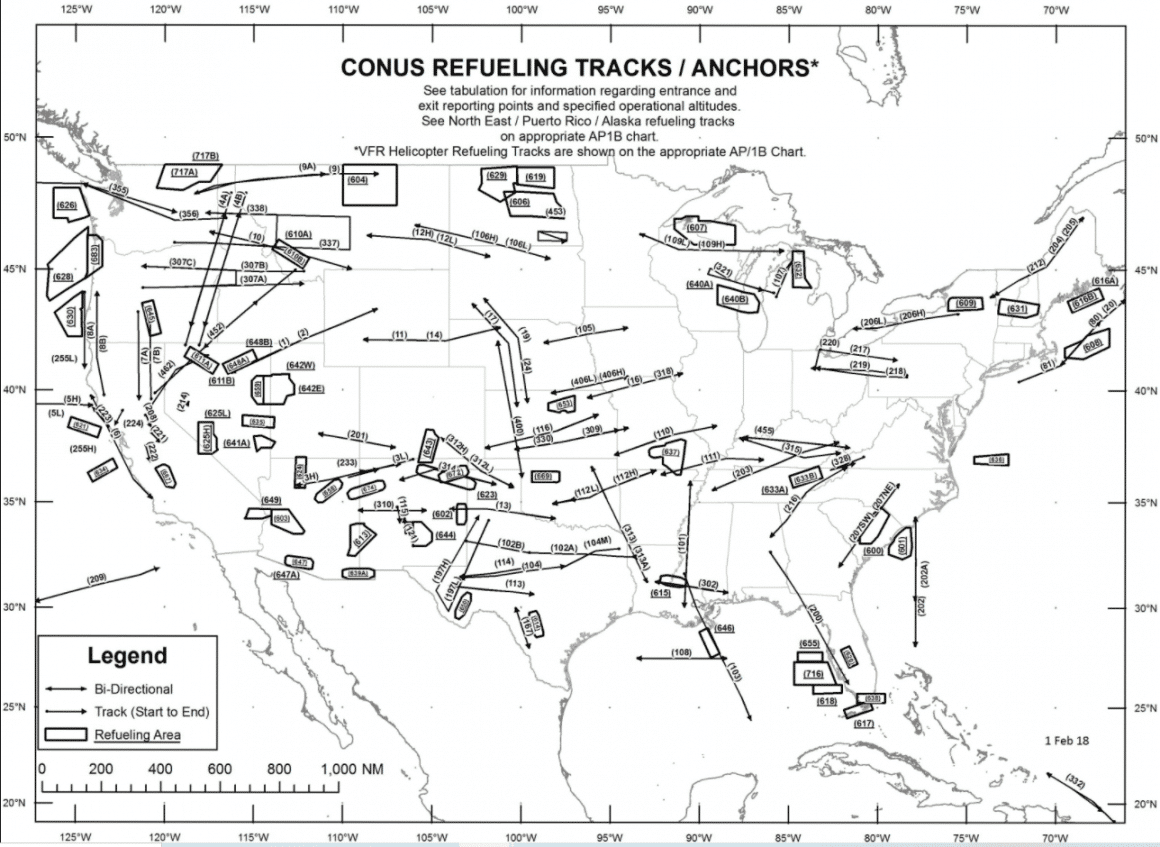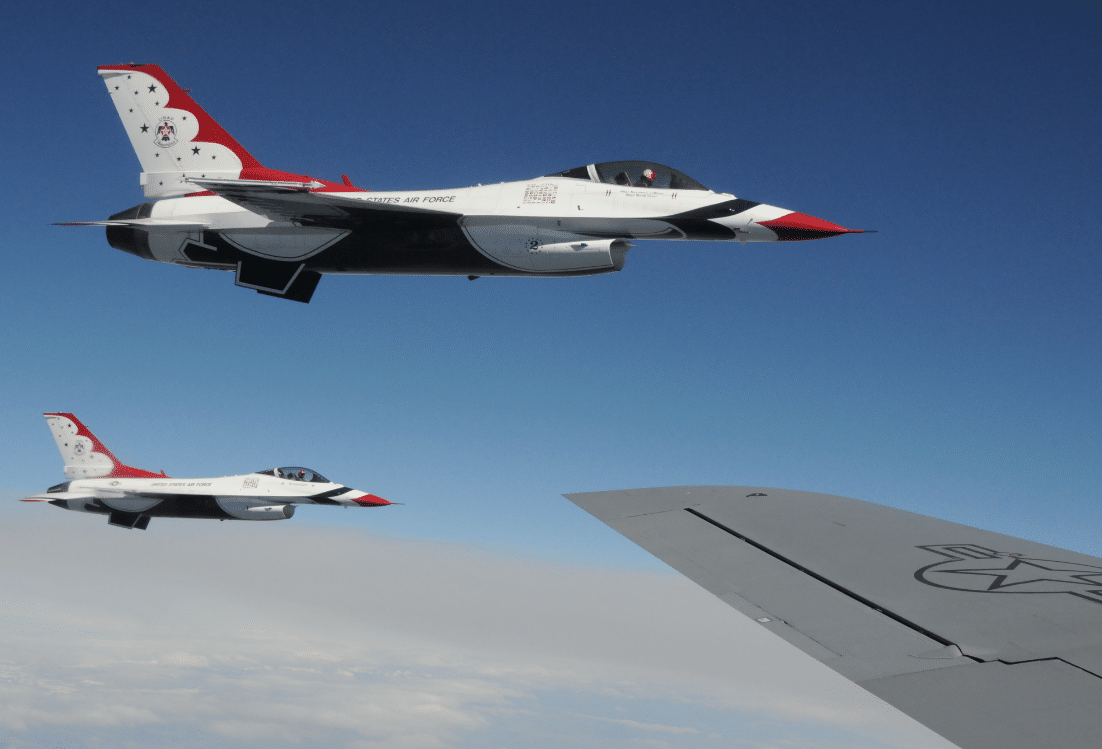Why Do We Do Air Refueling?
Ever since flying began, the need for enhanced range of aircraft existed. In 1923, the first air refueling took place. The video above depicts a KC-135R refueling a NATO E-3 AWACs for training. The dangers of two aircraft flying in close proximity can not be understated. At 38 seconds into the video – within the next 2 – the aircraft were within inches of each other.
While nearly every air refueling occurs without incident, the danger exists nonetheless each time two aircraft fly so closely to each other.
Here is a short video with the history of Air Refueling.
My Experience With Air Refueling as a KC-135 Pilot


With over 20 years flying the KC-135 D/E/R, many questions arose whenever I gave orientation rides for civilians. These were my most frequent questions I was asked:
Q: How much fuel do y’all carry?
A: About 32,000 gallons or about 1 gallon of milk per day for 87 years!
Q: How much does this big airplane weigh and how does it take off?
A: About 320,000 lbs at full gross weight and honestly, we really have no clue how it takes off! (kidding)
Q: How far do y’all fly on a tank of gas?
A: About half way around the world, if we fly farther than that, we went the wrong way!
Q: How do you find each other (receiver and tanker)?
A: We plan to meet each other at a specific time, altitude, and location, based on an established and approved Air Refueling Track (line) or Military Operations Area (anchor area). The pix below shows the US air refueling tracks and anchors. Each one has properties that identify altitudes and coordinates for entry and exit.

The U.S. Air Force, the Air National Guard, and the Air Force reserve have flown many models of air refueling tankers with the latest being the KC-46 Pegasus. Each aircraft has had a role in keeping the mission moving.
Air refueling takes training, practice, and proficiency to execute safely. The challenge is worth it though. We kept important missions moving. With thousands of hours in the air refueling business – the office views were amazing too! Here are a couple of my favorite pics that I took while flying the mighty KC-135…


